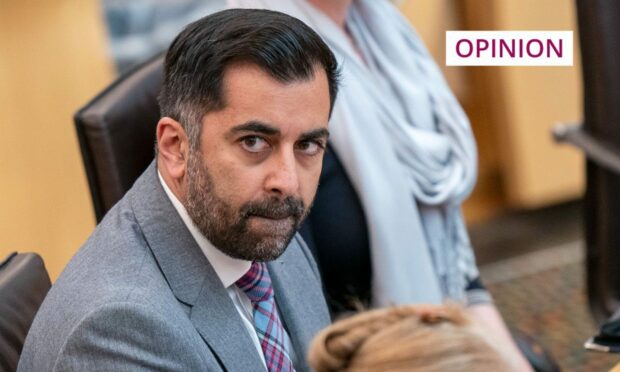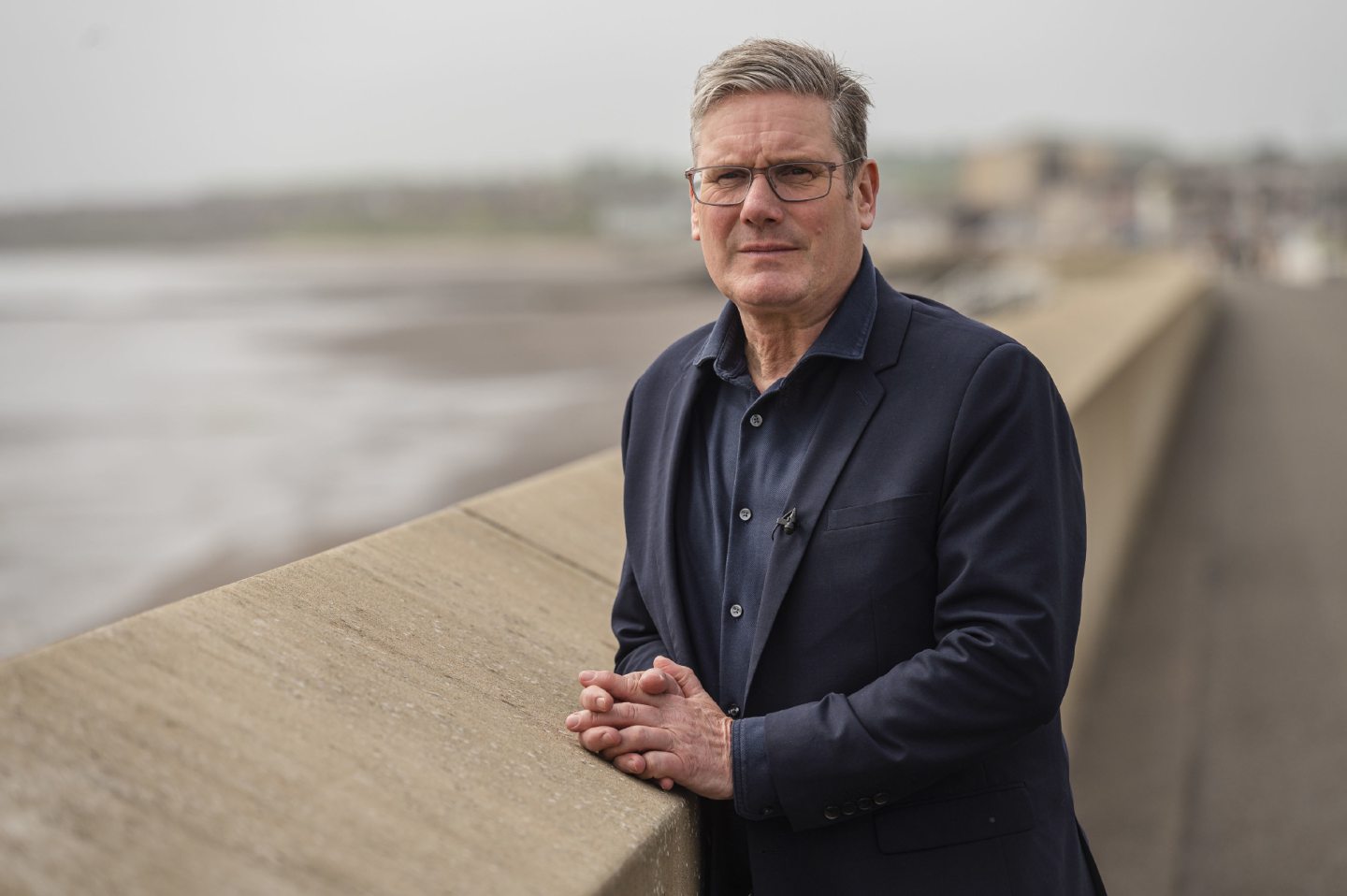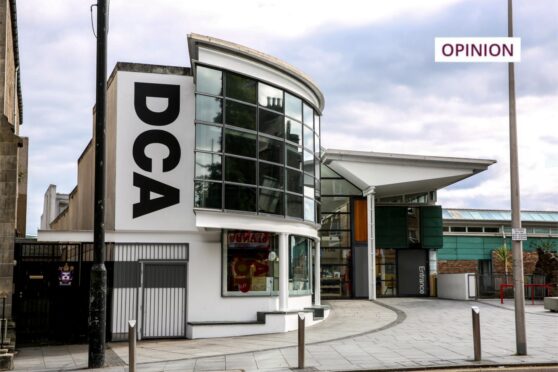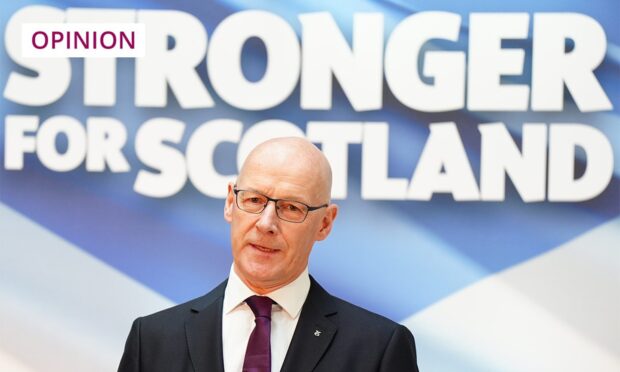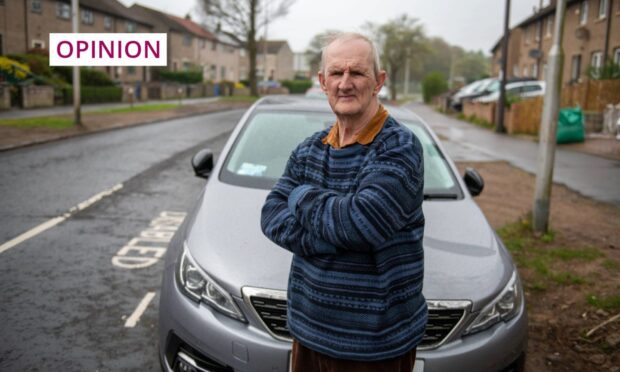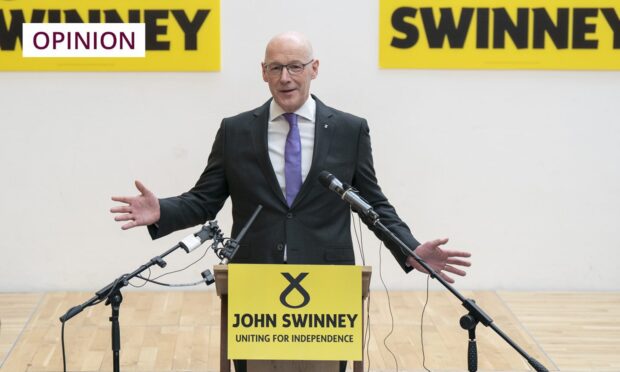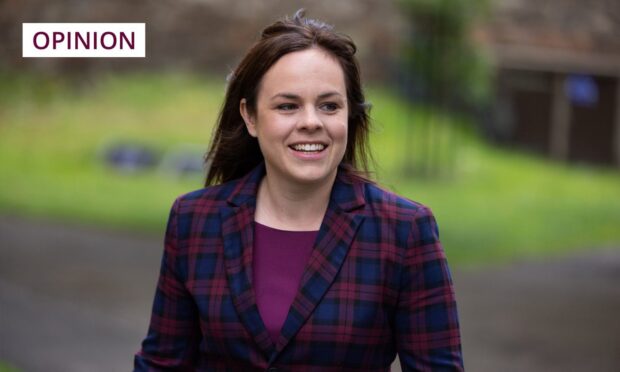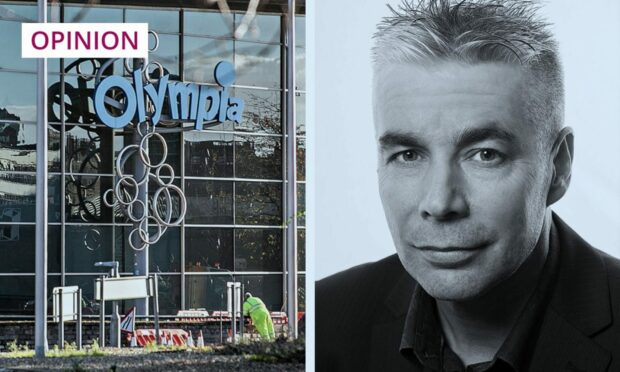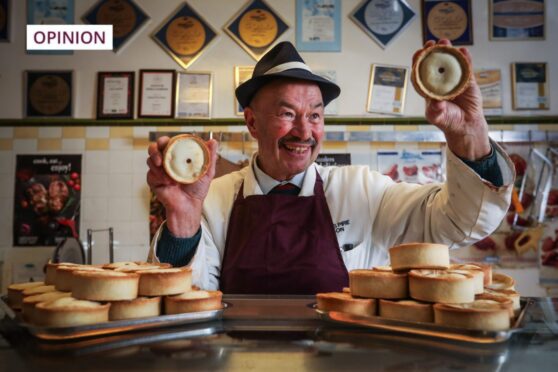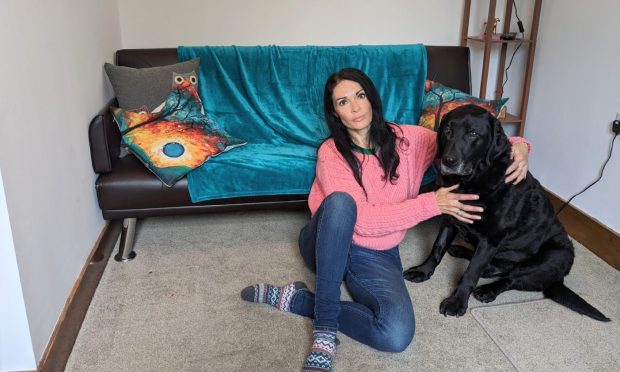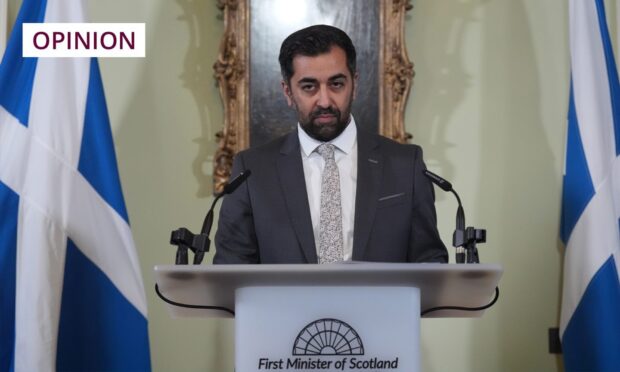The arrival of summer in Scotland is always heralded by three things: rain, midges and an SNP campaign to boost support for independence.
And so it was that Humza Yousaf found himself at Pacific Quay in Glasgow on Monday launching a paper entitled Building a New Scotland, part of a series of documents we are assured will finally build a majority for independence. And, this time, for real.
Ironically but unsurprisingly, there was little new in either the New Scotland paper or in the overall formula.
Every year since 2014 – and, indeed, in some years before then – the SNP leadership has launched some form of summer campaign to promote independence, a final push onwards into the sunlit uplands of separation.
These have been launched under different guises and brands (Nicola Sturgeon chose to brand her 2016 summer campaign a “listening exercise”) but they are all ultimately the same.
That these summer campaigns in reality amount to a handful of photocalls for bored media outlets, who over the holiday season have little else to report on, matters little.
‘Contrast between two leaders could not have been clearer’
Previous SNP leaders have used this ploy not to actually shift the dial on independence, but to placate a restive base and – crucially – persuade voters that independence was, really, just one election away.
Their ability to convince people of that, as much as anything else, was the genesis of the SNP’s electoral success.
In the strained circumstances he currently finds himself, it is therefore no surprise to see Yousaf attempting the same trick.
But the problem is it just does not work anymore.
The resilience of the UK Government in refusing to grant a second referendum – and the Supreme Court’s unambiguous rejection of the Scottish Parliament’s ability to hold one – means people simply no longer believe independence is one election away.
Meanwhile, those that want a credible alternative to the Conservative government can increasingly ignore independence and look instead to the Labour Party for succour.
As Yousaf launched his paper on the future of the monarchy in Scotland post-independence, Sir Keir Starmer was in Edinburgh launching his party’s new energy policy.
While there are undoubtedly serious issues with the Labour Party’s net zero prospectus – not least in relation to the North Sea – the contrast between the two leaders could not have been clearer.
Here was one leader laying out the genuine opportunities for Scotland in a post-Conservative era, and here was another talking about a hypothetical head of state, in a hypothetical independent country after a hypothetical referendum.
His pledge to deliver a new summer campaign on independence has therefore left Yousaf looking increasingly like a one-trick pony mistakenly entered into the Grand National.
With the ploy that formed the basis for the SNP’s phenomenal success redundant, the first minister and his party are unable to match up to the competition.
‘By appeasing one internal wing, Yousaf is increasingly losing the other’
As this weekend’s “special conference” on independence in Dundee will no doubt show, Yousaf is currently unwilling or unable to come up with an alternate strategy for SNP victory that does not involve the fantasy of a future referendum.
But, in fairness, it may more simply be that such an alternate strategy simply does not exist in the current circumstances.
Too many SNP voters are solely obsessed by the prospect of independence for the issue to be ignored but too many are also increasingly disbelieving of the tired and trite independence rhetoric, instead preferring the prospect of actual change with Labour.
Thus, by appeasing one internal wing, Yousaf is increasingly losing the other.
Unless he can find a way to solve that conundrum, it seems all but inevitable he will fall at the first electoral hurdle.
Moral courage is a rare thing in modern politics.
The advent of tribalism, where identity matters more than issues, has made free thinking – let alone outright rebellion – deeply unfashionable.
Speaking up for your values becomes a betrayal of a cause, representing your constituents an act of treachery.
This has particularly been the case in Westminster post-Brexit, but also Holyrood post-independence referendum.
That is why it was so refreshing to see Fergus Ewing, a scion of the nationalist movement, break the whip this week and demonstrate he had no confidence in a minister in his government.
Yes, there have been smatterings of revolt in recent months, not least over Nicola Sturgeon’s doomed Gender Recognition Reform bill, but this somehow felt different.
Whatever your views on Ewing – and there are, to put it politely, a broad spectrum – there is no doubt it takes great courage to rebel alone.
The fact that Ewing, by dint of birth but also a lifetime commitment, is such a high-profile figure only made his vote all the braver.
Whether his action brings a sanction or even expulsion from the SNP remains to be seen.
But for now, he has brought a refreshing change of tone to Holyrood, which would be a far stronger institution if more politicians followed his lead.
